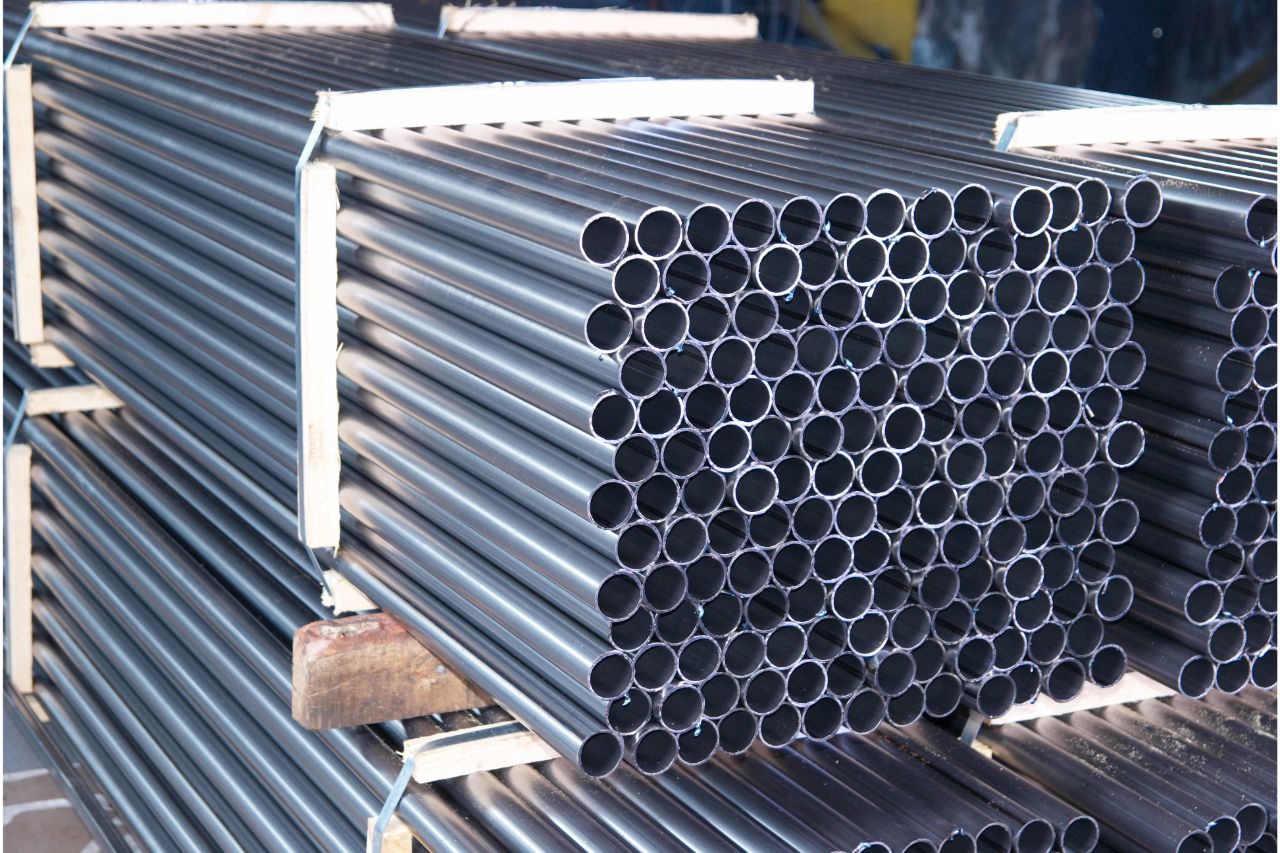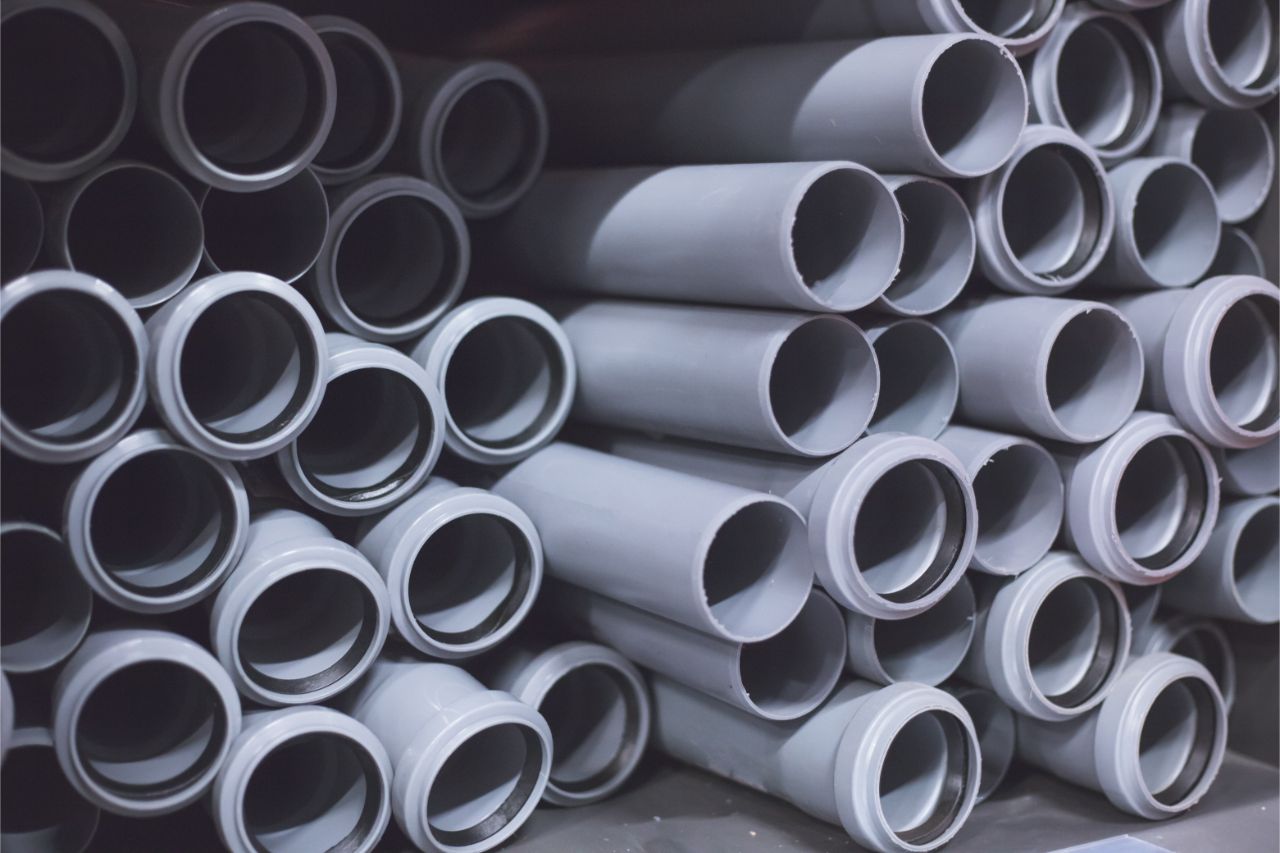
Welded VS. Seamless Steel Pipes: 5 Key Differences
What are the differences between welded VS. seamless steel pipes?
- Applications
- Manufacturing
- Pros
- Cons
- Cost
As industrial and construction applications continue to develop, so do the materials they use. Piping products and systems that are crucial in these applications have evolved and grown more complex, resulting in a variety of pipe manufacturing methods.
Of all the types of pipes that exist, the most common and widely used products are welded and seamless steel pipes. Often, people wonder which is better for their application — which is why in this post, we discuss the differences between welded vs seamless steel pipes, and how to choose the best option.
Applications
Pipes are widely used in several industries today because they are highly functional and cost-effective products. They can be manufactured in different lengths and shapes, which allows them to be used in a variety of applications.
For welded steel pipes, the misconception is that they are much weaker as weld seams are perceived as a structural flaw. While it’s true that welds are a strength concern, welded pipes go through several quality assurance regimens to ensure that the welded pipe will perform as desired when its tolerances aren’t exceeded.
As a result, welded pipes are recommended for many different industries. Some of them are:
- Food and beverage manufacturing
- Pharmaceutical manufacturing
- Automotive industry
- Construction and mining industry
- Architectural design
- Pipelines
Seamless steel pipes offer unique mechanical properties — such as non-welded joints, uniform strength distribution, and increased pressure capacity — that allow them to perform reliably. They may be able to withstand more pressure, higher temperatures, and heavier weights than welded pipes.
As a result, seamless steel pipes are recommended in situations where environments may be more demanding, such as:
- Chemical processing
- Medical equipment manufacturing
- Oil and gas lines
- Hydraulic systems
- High temperature and pressure systems
- Nuclear power plants
- Water purification plants
Manufacturing

Welded steel pipes start as steel plates and steel strips, called skelp. These pieces are bent and formed using a bending machine and rollers. When it reaches the proper thickness gauge, it is cut to the desired length and formed into a flat rectangular sheet. The width of the sheet’s shorter ends is the pipe’s outside circumference. This measurement is then used to estimate the pipe’s eventual outside diameter.
The pipe pieces are then welded together — sometimes using filler material. Most welded steel pipes are also put through a heat-treatment process. Depending on the application, the pipe may be welded using automated methods, or through human labor. The method used determines the quality of the weld and the welded pipe as a whole.
Seamless steel pipes start as a round piece of steel called a billet. The billet is heated until pliant, then stretched, rolled, and pushed using a frame until the billet forms a hollow shape. Another method for making seamless steel pipes is by pushing the billet through a perforated tube.
From there, a seamless steel pipe may be formed using hot-rolling, cold-rolling, or cold-drawn processes. A hot-rolled seamless pipe goes from forging the billet, to perforating, to rolling, to shaping. This method is used to make thick and large diameter seamless pipes. Cold-drawn seamless pipes are used to create products that are smaller in diameter or have thinner walls. It may also be used to create pipes with smoother internal surfaces.
Pros
There are many advantages to using a welded steel pipe for your application, such as:
- Can be made in longer lengths — no sizing restrictions.
- Manufacturing is cost- and time-efficient.
- Generally has smoother surfaces.
- Products are easier to make, so they’re readily available.
- Shorter delivery time
- Has thinner and more consistent wall thickness.
- Is lighter in weight.
- Possesses tighter tolerances.
Likewise, seamless steel pipes offer their own unique advantages that may put them above welded pipes, depending on the application. These advantages are:
- Has thicker walls.
- Has heavier weight.
- Needs no welding. Thus, no additional metals or materials are needed.
- No tests are required for weld integrity
- Improved corrosion resistance and durability.
- Improved “ovality” — a.k.a. “Roundness,”
- Can withstand more pressure.
Cons

As with every metal product, welded steel pipes have their fair share of disadvantages, which are:
- Welds are more prone to corrosion.
- Must be tested extensively before use.
- Reduced ovality due to welding and manufacturing processes.
- Can’t withstand heavier weights or pressure.
Seamless steel pipes also have a few disadvantages that may make them unsuitable for your application, like:
- Restricted lengths and sizes due to manufacturing difficulties — nominal size is 24 inches or less.
- Manufacturing is costly.
- Seamless pipes may be more difficult to procure.
- The extrusion process creates a rough surface.
- Inconsistent wall thickness.
Cost
The cost of steel pipes heavily relies on raw material availability, the amount of labor needed for production, and the complexity of the manufacturing process. The mechanical properties of steel pipes also influence the product price. Altogether, seamless steel pipes are more expensive than welded steel pipes due to their improved strength, scarcity of raw materials, and labor-intensive manufacturing process.
However, pricing may also vary throughout the year due to market pressure. There will be times when welded pipes will go up in price and become more expensive than seamless pipes. In these cases, it may be appropriate to purchase seamless steel pipe in the same dimensions instead, if budget is a concern.
Key Takeaway
Now that we’ve evaluated welded vs seamless steel pipes, you may have enough information on their key differences to choose the right pipe for your application. If you have questions, message Supreme Pipe today. We are the leading manufacturer and supplier of steel pipes in the Philippines, and we can help you pick out the best products for your project.


